Introduction
Eating a balanced diet is essential for maintaining good health, but figuring out what that balance should look like can be tricky. One of the key components of a healthy diet is carbohydrates, particularly those that are high in fiber. But what exactly are starchy carbohydrates, and why should you focus on those with higher fiber content?
What Are Starchy Carbohydrates?
Starchy carbohydrates are a type of carbohydrate that comes from foods like potatoes, rice, pasta, bread, and cereals. They are known as complex carbohydrates because they consist of long chains of sugar molecules, which take longer to break down in the body compared to simple carbohydrates like sugar.
Simple vs. Complex Carbohydrates:
Simple carbohydrates are found in foods like candy, soda, and other sugary treats. They are quickly absorbed into the bloodstream, causing a rapid spike in blood sugar levels. On the other hand, complex carbohydrates, such as those found in starchy foods, provide a more sustained release of energy, making them a better choice for long-term health.

The Role of Fiber in a Healthy Diet
While that might sound like a bad thing, it’s actually incredibly beneficial. Fiber helps to keep the digestive system running smoothly, prevents constipation, and can even help lower cholesterol levels.
Importance of Fiber in Digestion:
When you eat foods that are high in fiber, they add bulk to your stool, making it easier to pass. This can prevent issues like constipation and help maintain regular bowel movements.
Benefits of High-Fiber Foods:
In addition to aiding digestion, high-fiber foods can help you feel fuller for longer, which is great for weight management. They can also slow the absorption of sugar, which helps to keep blood sugar levels stable.
Why Focus on Higher Fiber Starchy Carbohydrates?
Not all starchy carbohydrates are created equal. Some are refined and have had much of their natural fiber removed, while others are left whole and are packed with fiber.
Nutritional Benefits:
High-fiber starchy carbohydrates not only provide energy, but they also come with a range of other nutrients, including vitamins, minerals, and antioxidants. Eating these foods regularly can contribute to better overall health.
Comparison with Low-Fiber Carbohydrates:
Low-fiber carbohydrates, such as white bread and white rice, are digested quickly and can lead to spikes in blood sugar levels. In contrast, higher fiber options, like whole grain bread and brown rice, are digested more slowly, providing a more steady source of energy.
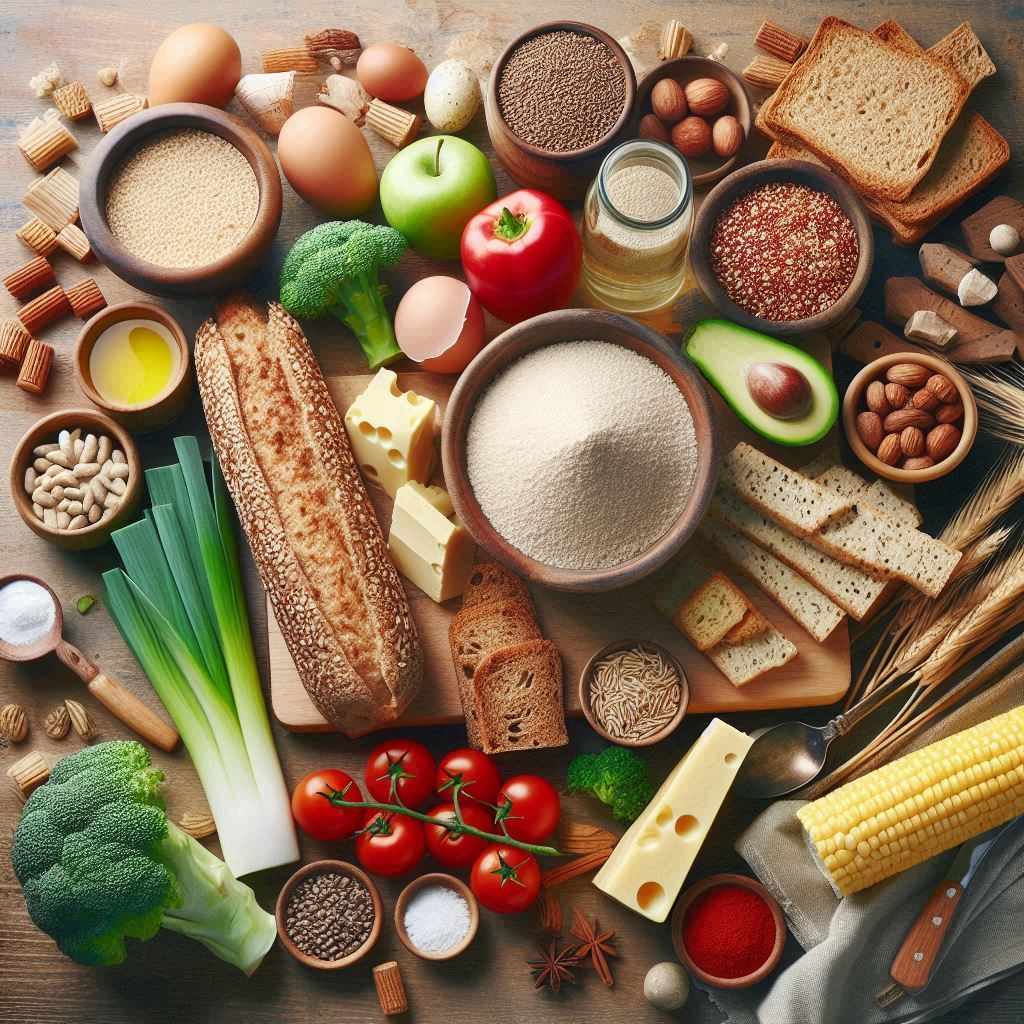
Common Sources of High-Fiber Starchy Carbohydrates
When looking to increase your fiber intake, there are plenty of delicious foods to choose from:
Whole Grains:
They retain all parts of the grain, including the bran, germ, and endosperm, making them much more nutritious than refined grains.
Legumes:
Beans, lentils, and peas are not only high in fiber but also provide a good amount of protein, making them a great option for vegetarians and meat-eaters alike.
Root Vegetables:
Root vegetables like sweet potatoes, carrots, and beets are another fantastic source of high-fiber carbohydrates. They’re also packed with vitamins and minerals.
Incorporating High-Fiber Starchy Carbohydrates into Your Diet
Here are some simple and tasty ways to add more high-fiber starchy carbohydrates to your daily meals:
Breakfast Options:
You can also try whole grain toast with avocado or a smoothie made with spinach and flaxseeds.
Lunch Ideas:
For lunch, consider a quinoa salad with plenty of veggies, or a lentil soup with a side of whole grain bread. These meals are not only filling but also packed with nutrients.
Dinner Suggestions:
For dinner, try baked sweet potatoes with a side of roasted vegetables, or whole wheat pasta with a tomato and vegetable sauce. Both options are satisfying and nutritious.
Snacks and Desserts:
For snacks, opt for air-popped popcorn, whole grain crackers, or sliced veggies with hummus. If you’re craving something sweet, try making a dessert with whole grain flour or oats, like oatmeal cookies or a fruit crisp.
How to Cook High-Fiber Starchy Carbohydrates
Cooking methods can significantly impact the fiber content of your meals. Here are some tips to help you retain as much fiber as possible:
Tips for Retaining Fiber Content:
When preparing vegetables, try to leave the skins on whenever possible, as this is where much of the fiber is found. Additionally, avoid overcooking your food, as this can break down fiber and reduce its effectiveness.
Cooking Methods to Avoid:
Frying and boiling can cause some loss of fiber, so it’s best to steam, roast, or bake your high-fiber foods instead. These methods help preserve both the fiber content and the nutrients.
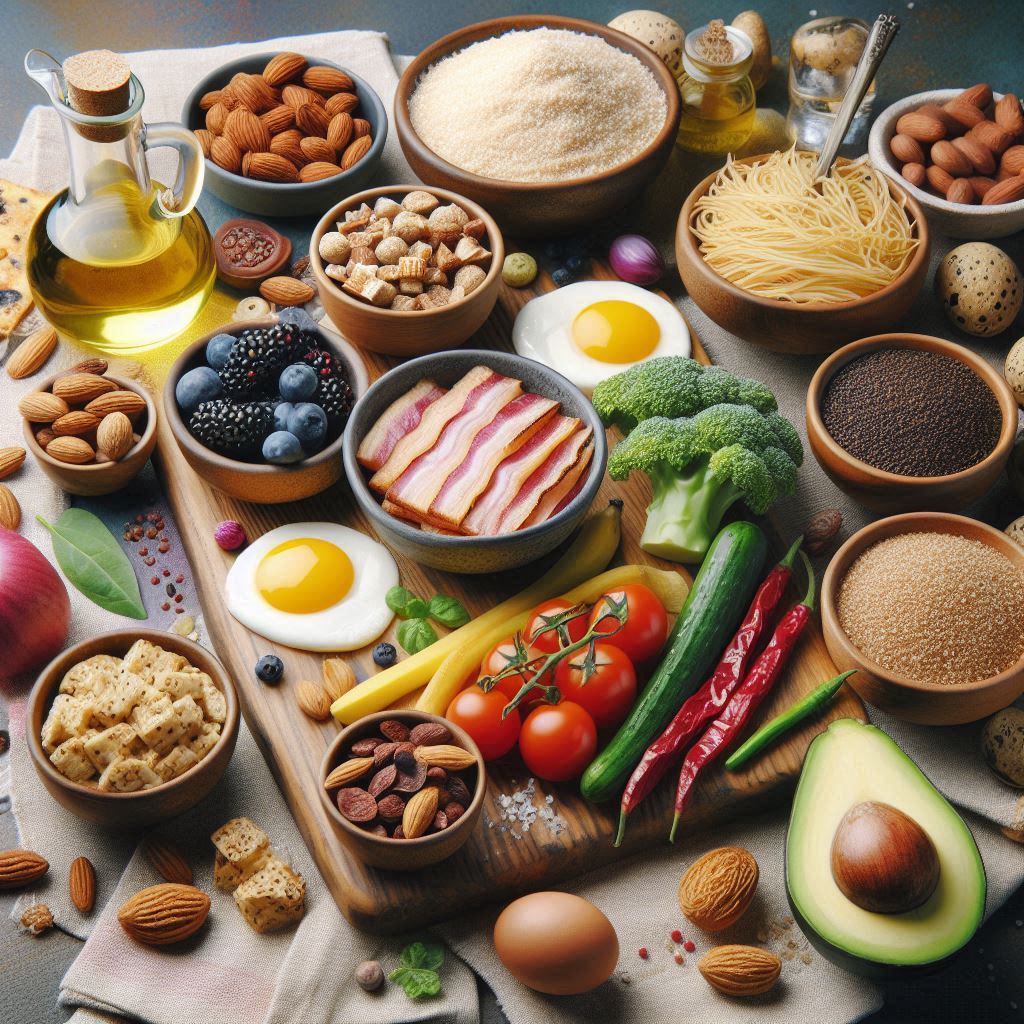
Benefits of a High-Fiber Diet
Eating a diet rich in high-fiber starchy carbohydrates can have a wide range of health benefits:
Weight Management:
High-fiber foods help you feel fuller for longer, reducing the temptation to snack between meals. This can be a great aid in weight management or weight loss.
Blood Sugar Control:
Because high-fiber foods are digested more slowly, they help to prevent rapid spikes in blood sugar levels, which is particularly important for people with diabetes or those at risk of developing the condition.
Heart Health:
Fiber can also help lower cholesterol levels, which in turn reduces the risk of heart disease. Including plenty of high-fiber foods in your diet is an excellent way to support your cardiovascular health.
Common Myths About Starchy Carbohydrates
There’s a lot of misinformation out there about starchy carbohydrates.
Myth: Starchy Foods Make You Gain Weight
While it’s true that eating large amounts of any food can lead to weight gain, starchy foods themselves are not inherently fattening. The key is to choose high-fiber options and eat them in moderation.
Myth: Carbs Are Bad for Your Health
The important thing is to focus on the quality of the carbs you’re eating, opting for whole grains and high-fiber options over refined and processed foods.
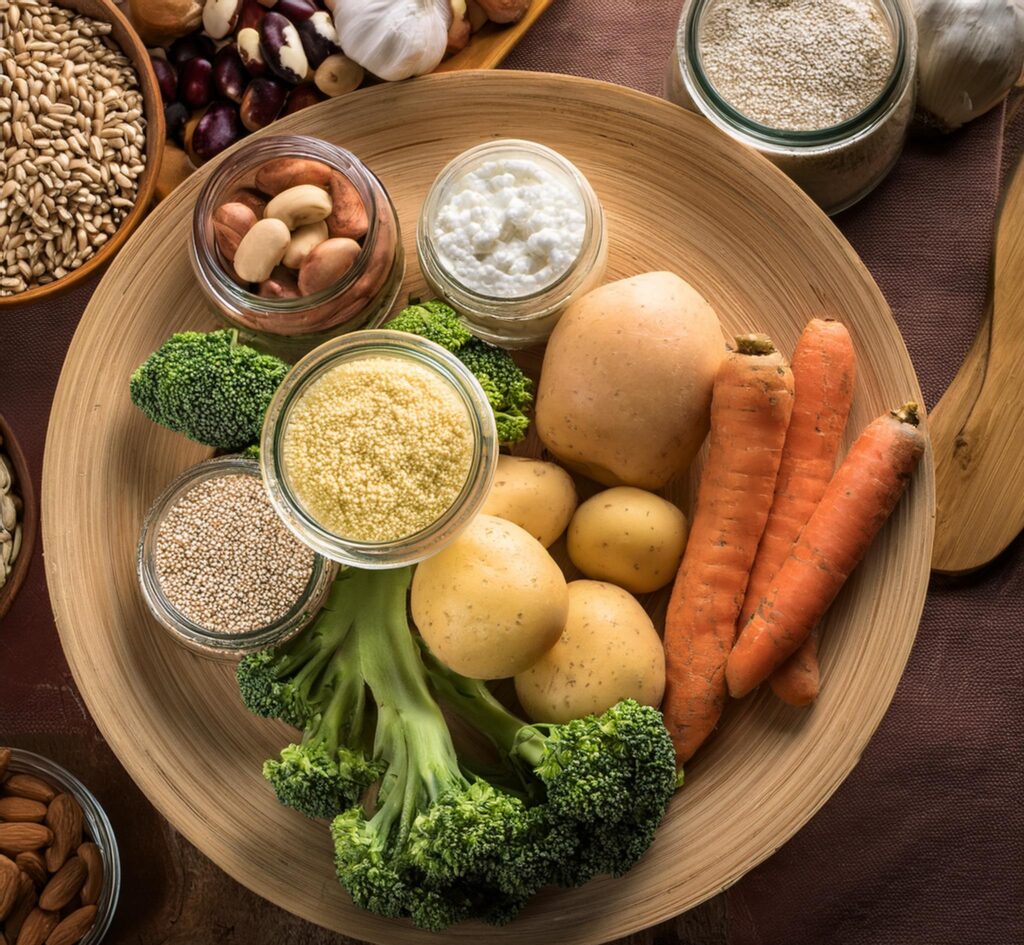
Starchy Carbohydrates and Weight Loss
If you’re looking to lose weight, you might be tempted to cut out carbs altogether, but this isn’t necessary. In fact, high-fiber starchy carbohydrates can actually help you shed pounds:
How High-Fiber Carbs Can Aid Weight Loss:
By helping you feel fuller for longer, high-fiber carbs can reduce your overall calorie intake. They also provide sustained energy, which can keep you active and burning calories throughout the day.
Portion Control and Mindful Eating:
When trying to lose weight, it’s important to be mindful of your portion sizes. Pairing high-fiber starchy carbohydrates with protein and healthy fats can help you feel satisfied without overeating.
Potential Challenges in Increasing Fiber Intake
While adding more fiber to your diet is generally a good idea, it can come with some challenges, especially if you’re not used to eating a lot of fiber:
Digestive Discomfort:
Suddenly increasing your fiber intake can lead to gas, bloating, and other digestive discomforts. To avoid this, increase your fiber intake gradually and make sure to drink plenty of water.
Gradual Increase in Fiber:
Start by adding one high-fiber food to your diet each day and gradually build up. This allows your digestive system to adjust and minimizes the risk of discomfort.

Tips for Success
Here are some practical tips to help you succeed in incorporating more high-fiber starchy carbohydrates into your diet:
Reading Food Labels:
When shopping for groceries, always check the nutrition labels. Look for foods that are high in fiber and avoid those that are high in added sugars or refined grains.
Planning Balanced Meals:
Make sure your meals include a good balance of high-fiber carbohydrates, protein, and healthy fats. This will help keep you full and provide all the nutrients your body needs.
Staying Hydrated:
Fiber absorbs water, so it’s essential to drink plenty of fluids throughout the day. Staying hydrated helps prevent constipation and ensures that the fiber can do its job effectively.
Meal Planning with High-Fiber Starchy Carbohydrates
Planning your meals ahead of time can make it much easier to stick to a high-fiber diet. Here’s an example of a weekly meal plan:
Weekly Meal Plan Example:
- Monday: Oatmeal with berries for breakfast, quinoa salad for lunch, baked sweet potato with a side of steamed broccoli for dinner.
- Tuesday: Whole grain toast with avocado for breakfast, lentil soup for lunch, brown rice stir-fry for dinner.
- Wednesday: Smoothie with spinach, flaxseeds, and banana for breakfast, chickpea salad for lunch, whole wheat pasta with vegetable sauce for dinner.
Grocery Shopping Tips:
Make a list of high-fiber foods before heading to the store. Stick to the outer aisles where fresh produce, whole grains, and legumes are typically found, and avoid the processed food aisles.
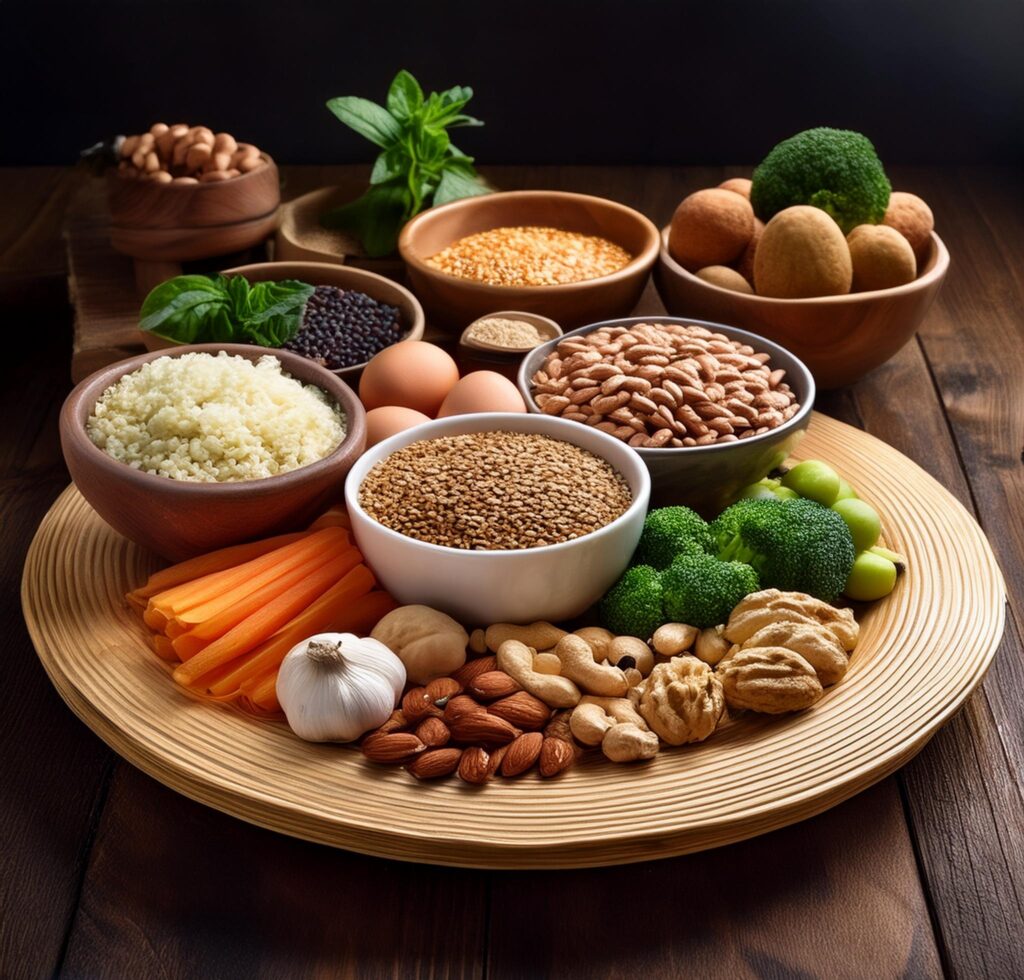
The Long-Term Impact of a High-Fiber Diet
Committing to a high-fiber diet can have long-lasting positive effects on your health:
Improved Digestive Health:
Over time, a high-fiber diet can lead to a healthier digestive system, reducing the risk of conditions like constipation, diverticulitis, and even colon cancer.
Reduced Risk of Chronic Diseases:
High-fiber diets have been linked to a lower risk of chronic diseases such as heart disease, type 2 diabetes, and certain cancers. By making fiber a regular part of your diet, you’re investing in your long-term health.
Conclusion
Incorporating more high-fiber starchy carbohydrates into your meals is a simple and effective way to improve your overall health. These foods not only provide essential nutrients but also help with digestion, weight management, and even reducing the risk of chronic diseases. Start by making small changes to your diet, and before you know it, you’ll be enjoying the many benefits of a high-fiber lifestyle.
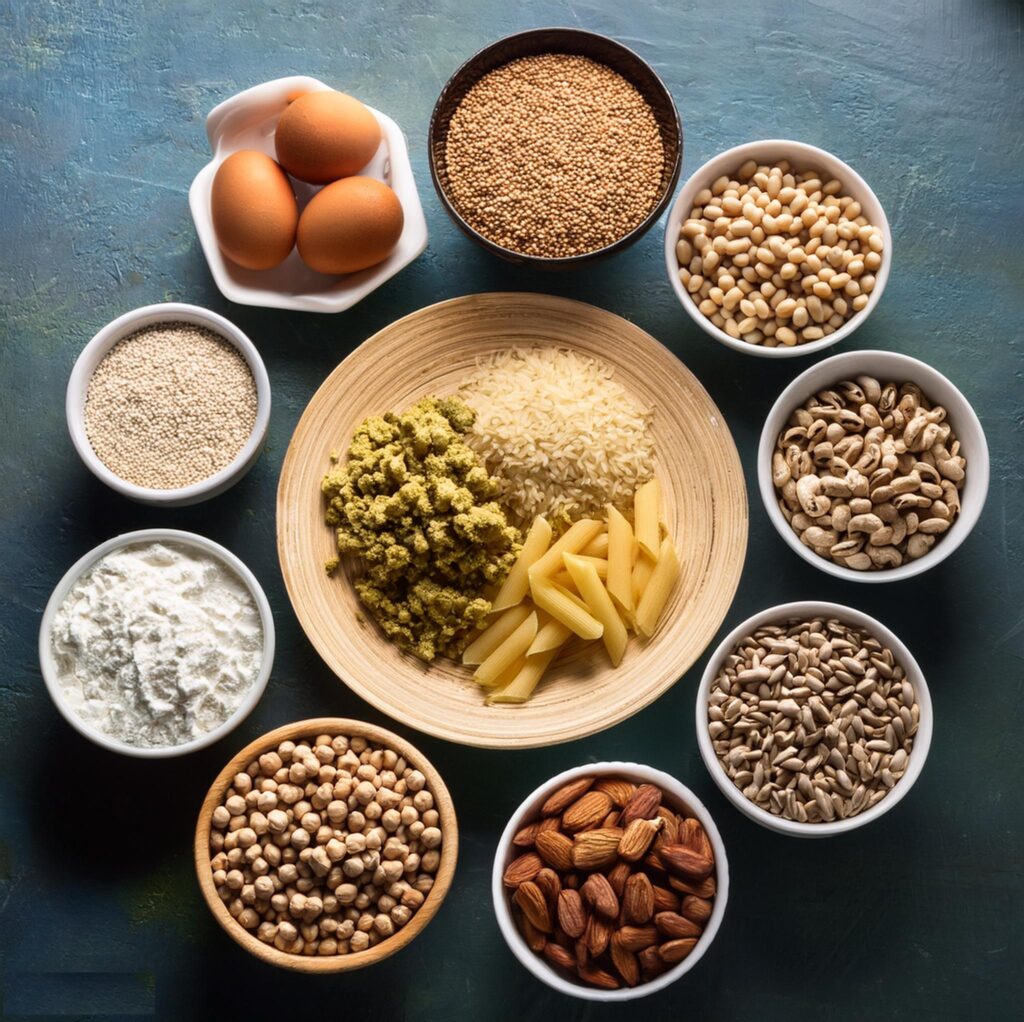
FAQs
What are the best high-fiber starchy carbohydrates for beginners?
Whole grains like oats and quinoa, as well as root vegetables like sweet potatoes, are great options for those new to high-fiber foods.
Can I eat high-fiber starchy carbohydrates if I have digestive issues?
Yes, but it’s important to increase your fiber intake gradually and drink plenty of water to help your digestive system adjust.
Are all whole grains considered high-fiber?
Most whole grains are high in fiber, but the exact amount can vary. For example, oats and barley are particularly high in fiber, while others like brown rice may have slightly less.
What are some easy ways to add more fiber to my diet?
You can add more fiber by including more whole grains, legumes, and vegetables in your meals, snacking on fruits and nuts, and choosing high-fiber breakfast cereals.



